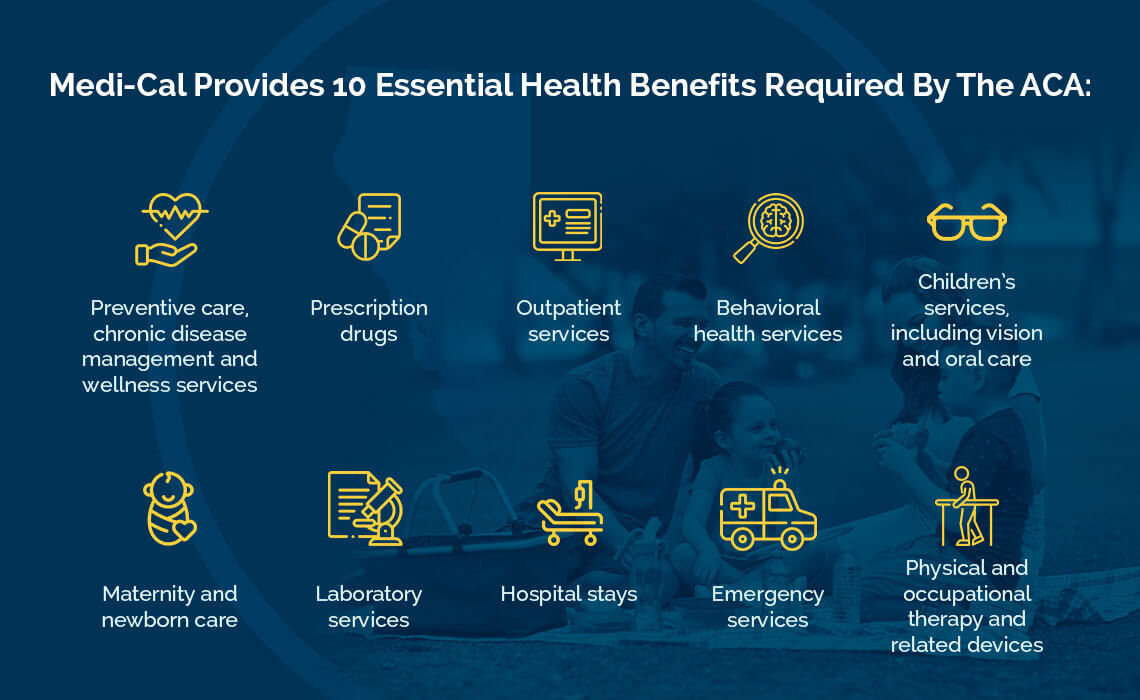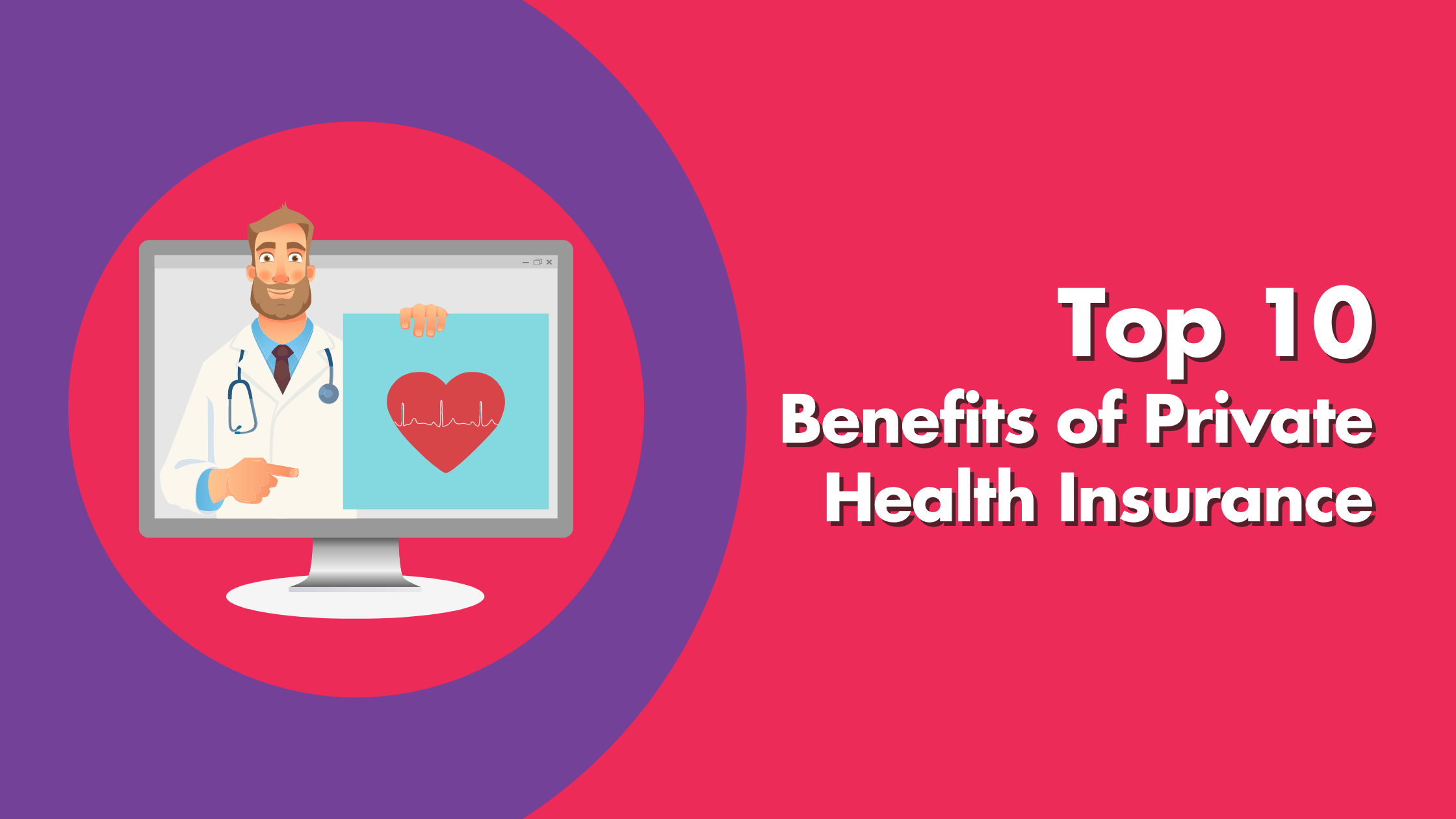Medicare Advantage Agent for Beginners
Table of Contents7 Easy Facts About Medicare Advantage Agent ShownExamine This Report on Medicare Advantage AgentThe smart Trick of Medicare Advantage Agent That Nobody is Discussing

follows from puzzling the reasonably young age profile of the without insurance with the far better health and wellness, generally, of more youthful persons. This covers the web link between health status and medical insurance. For those without accessibility to work environment medical insurance, poor health and wellness is a potential barrier to buying nongroup insurance coverage since such insurance coverage may be very priced, leave out preexisting conditions, or be merely not available. The variety of uninsured Americans is not particularly huge and has not altered recently. Seven out of 10 respondents in a nationally representative survey thought that fewer Americans lacked wellness insurance than really do(Fronstin, 1998). About half(47 percent )believed that the variety of individuals without health insurance coverage lowered or remained continuous over the last fifty percent of the last years(Blendon et al., 1999). This decline of practically 2 million in the variety of individuals 'without insurance policy (a reduction
of about 4 percent)is definitely a favorable modification. With a softer economic climate in 2000 the current reported gains in insurance protection might not proceed(Fronstin, 2001 ). The decline in the number of without insurance will certainly not proceed if the economy remains slow and healthcare costs continue to exceed inflation. This is due to the fact that the information were collected for a period of strong economic performance. Of the approximated 42 million individuals who were uninsured, just about about 420,000(about 1 percent)were under 65 years of age, the age at which most Americans become qualified for Medicare; 32 million were grownups in between ages 18 and 65, around 19 percent of all adults in this age group; and 10 million were children under 18 years of age, about 13.9 percent of all youngsters (Mills, 2000). These price quotes of the variety of individuals without insurance are produced from the annual March Supplement to the Existing Population Survey (CPS), performed by the Census Bureau. Unless or else noted, nationwide price quotes of people without health and wellness insurance coverage and proportions of the population with various sort of insurance coverage are based on the CPS, one of the most widely used resource of price quotes of insurance coverage and uninsurance rates. These studies and the estimates they produce are explained briefly in Table B. 1 in Appendix B - Medicare Advantage Agent. These surveys vary in dimension and sampling approaches, the concerns that are asked regarding insurance coverage
Not known Facts About Medicare Advantage Agent
protection, and the time period over which insurance policy coverage or uninsurance is gauged(Lewis et al., 1998, Fronstin, 2000a ). Still, the CPS is especially beneficial due to the fact that it creates annual estimates fairly quickly, reporting the previous year's insurance protection estimates each September, and due to the fact that it is the basis for a consistent set of quotes for even more than 20 years, enabling analysis of patterns in coverage in time.

The Ultimate Guide To Medicare Advantage Agent
Over a three-year duration beginning early in 1993, explanation 72 million individuals, 29 percent of the united state population, lacked protection for a minimum of one month. Within a single year(1994), 53 million people experienced at least a month without insurance coverage(Bennefield, 1998a). Six out of every 10 without insurance adults are themselves used. Although working does improve the chance that one and one's household members will certainly have insurance, it is not a warranty. Even participants of families with 2 full-time wage earners have practically a one-in-ten opportunity of being without insurance (9.1 percent uninsured price)(Hoffman and Pohl, 2000 ). The relationship in between medical insurance and access to care is well developed, as documented later in this chapter. Although the connection between medical insurance and wellness results is neither straight nor simple, a substantial clinical and health services research literature web links medical insurance coverage
to enhanced access to care, much better top quality, and improved personal and population health and wellness condition. The second report, on individual health and wellness results for uninsured grownups, is represented by the inner circle of the number, while the 3rd report, on family members wellness, encompasses the topics of the second record however highlights a various system of evaluation, specifically, the family. The 6th report in the collection will present details concerning approaches and initiatives carried out in your area, statewide, or country wide to deal with the lack of insurance policy and its adverse influences. Levels of analysis for taking a look at the effects of uninsurance. This discussion of medical insurance protection concentrates largely on the U.S. population under age 65 because basically all Americans 65 and older have Medicare or various other public protection.
Moreover, it concentrates especially on those with no health and wellness insurance coverage for any type of length of time. The issues dealt with by the underinsured remain in some aspects similar to those dealt with by the without insurance, although they are generally much less extreme. Uninsurance and underinsurance, nonetheless, include definitely different policy concerns, and the techniques for addressing them may differ. Throughout this study and the 5 reports to comply with, the primary focus gets on individuals without any medical insurance and therefore no support in paying for health and wellness treatment beyond what is offered via charity and safeguard organizations. Wellness insurance policy is an effective variable impacting receipt of care due to the fact that both individuals and physicians reply to the out-of-pocket cost of services. Health insurance policy, nevertheless, is neither required neither adequate to get to clinical services. Nonetheless, the independent and straight impact of health
insurance policy coverage on accessibility to health solutions is well established. Others will obtain the healthcare they need even without wellness insurance coverage, by paying for it expense or seeking it from companies that provide care cost-free or at extremely subsidized prices. For still others, medical insurance alone does not make sure receipt of treatment since of other nonfinancial obstacles, such as a lack of wellness care providers in their neighborhood, restricted accessibility to transport, illiteracy, or linguistic and social distinctions. Official research study concerning uninsured populaces in the United States dates to the late 1920s and very early 1930s when the Board on the Price of Treatment created a collection of reports regarding financing medical professional workplace check outs and hospitalizations. This issue ended up being significant as the numbers of medically indigent climbed up during the Great Depression. Empirical research studies consistently support the web link between access to care and enhanced health results(Bindman et al., 1995; Starfield, 1995 ). Having a routine source of care can be thought get more about a predictor of accessibility, instead than a straight step of it, when health results are themselves utilized as gain access to indications. This expansion of the concept of accessibility measurement was made by the IOM Committee on Monitoring Gain Access To to Personal Wellness Care Services(Millman, 1993, p. Whether moms and dads are guaranteed appears to affect whether their children receive treatment along with just how much careeven if the youngsters themselves have coverage(Hanson, 1998). The health of parents can affect their capacity to look after their children and the level of family members visit our website stress. Fretting regarding their youngsters's accessibility to care is itself a resource of stress and anxiety for parents. Three phases adhere to in this report. Phase 2 offers an introduction of exactly how employment-based health insurance policy, public programs and specific insurance plan operate and interact to offer substantial but insufficient insurance coverage of the united state populace. This includes a testimonial of historic trends and public laws affecting both public and private insurance, a discussion of the interactions among the different types of insurance, and an evaluation of why individuals move from one program to another or end up